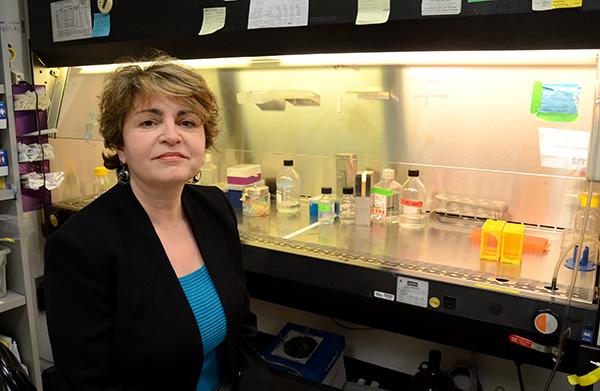The medical school is aiming to raise twice as much as other schools as part of the University’s massive fundraising campaign, looking to become one of the top medical research centers in the country.
The School of Medicine and Health Sciences has a goal to raise $225 million, part of the drive to raise a total of $1 billion across the University. While the school is GW’s most selective – with a 3 percent acceptance rate, the lowest in the country – faculty say research funding has become more difficult to secure.
Officials hope more than 20 percent of the money raised will go toward research. Another $100 million will be put toward faculty, scholarships, educational programs and technology upgrades. Patient care, building renovations and general support are slated to receive $25 million each.
A donation of $25 provides a home for one research mouse for a month, and $1,000 can fund a student’s research for a month, according to the website for GW’s “Making History” campaign.
Professors said they’ll eventually start working with donors themselves to show what their gifts to GW would support.
Researcher Alexandros Tzatsos said he has found it increasingly difficult to secure federal funding, especially at GW, where he has spend the last six months. Grants from the National Institutes of Health, which mostly go to GW’s health and medicine programs, have fallen about 36 percent from the last fiscal year.
Tzatsos said he thinks the University needs to find a way to connect researchers at SMHS to sources of funding outside of the government.
“GW needs to establish a network that would help investigators connect with foundations and philanthropists and to engage them into basic science research that will allow future discoveries,” he said.
The executive director of communications for the school, Anne Banner, said SMHS’s development office works with doctors and other leaders at the school to fundraise.
“SMHS has a history of adopting a posture of leadership during challenges, and as the school enters its third century, we have the opportunity to become an international leader among academic medical institutions with big goals,” she said.
Narine Sarvazyan, whose lab researches tissue engineering and heart issues, said she had a meeting with members of the school’s media team to discuss creating a type of “mini-heart,” which can help pump blood through veins.
Sarvazyan received a grant from the Mid-Atlantic Heart Association to fund two years of research. She said SMHS media took notes on her work to help promote it.
Sarvazyan’s research is highlighted on the “Making History” website as one of the school’s most innovative research projects.
“I’m a researcher just doing my best trying to generate new ideas, get students interested, produce good papers and obtain extramural funding,” she said.







